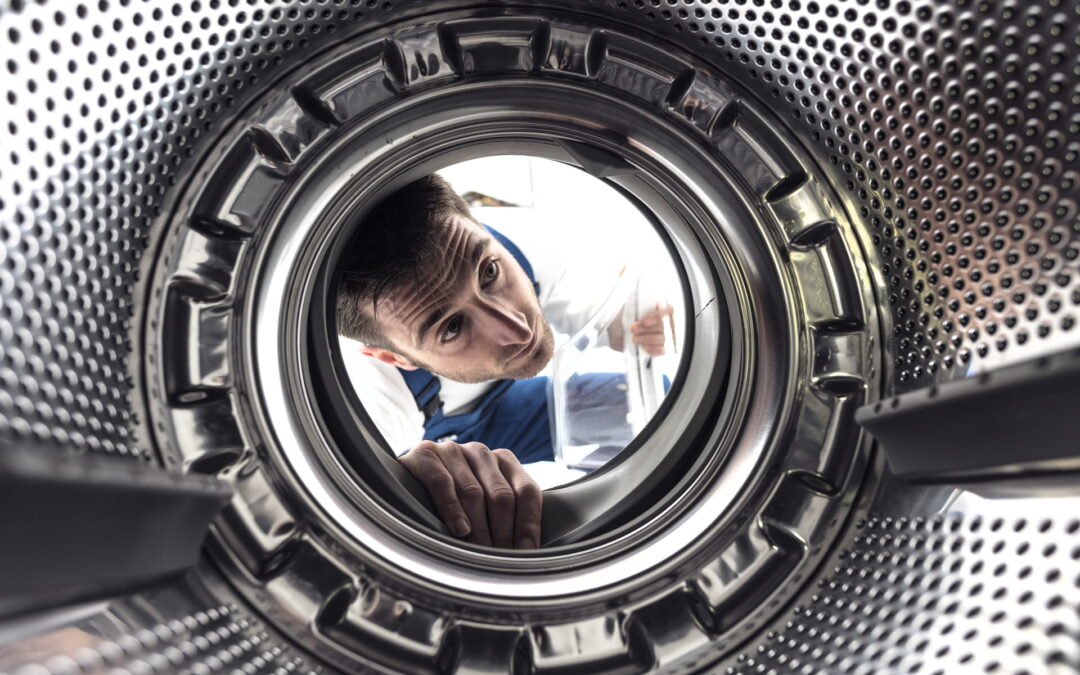Maintaining commercial laundry equipment is critical for businesses that rely on these machines daily. Regular upkeep not only prevents costly downtime but also ensures the longevity of the equipment, ultimately saving money in the long run. For business owners and managers, understanding the essentials of maintenance is a key part of operating efficiently and effectively. This article delves into the best practices for maintaining commercial laundry machines, offering practical advice and insights to keep your operations running smoothly.
Understanding Your Equipment
Every commercial laundry machine, from the robust washers to the high-efficiency dryers, comes with its unique set of maintenance needs. Familiarizing yourself with these requirements is the first step toward optimal performance. Manufacturers provide detailed guides that outline specific maintenance schedules and procedures. Ignoring these recommendations can lead to premature wear and tear or even catastrophic failure.
- Consult the manufacturer’s manual for specific maintenance advice.
- Note the service intervals for different components of the machinery.
- Keep a record of any maintenance work for future reference.
Regular Maintenance Schedule
Creating and adhering to a maintenance schedule is vital. Regular checks can help identify potential issues before they escalate into major problems. For example, cleaning lint traps in dryers or inspecting the water inlet hoses in washers should be part of your routine.
- Check and clean lint filters after each cycle to prevent fires.
- Inspect hoses and connections for signs of wear or leakage.
- Schedule professional inspections annually to catch issues you might miss.
Critical Maintenance Tasks
Some maintenance tasks are crucial for preventing downtime. These include cleaning washer drums to remove detergent buildup and checking dryer vents and ducts to ensure there is no blockage. Performing these tasks regularly can significantly reduce the risk of breakdowns.
- Clean washer drums monthly to prevent buildup.
- Inspect dryer vents and ductwork for lint accumulation.
- Replace worn or damaged parts promptly to avoid further damage.
Service and Parts Management
Managing service histories and parts inventories can streamline the maintenance process. Keeping a detailed log of services performed and parts replaced can help you predict future needs and budget accordingly. Additionally, sourcing quality parts from reputable suppliers ensures that your equipment remains in top condition.
- Maintain a log of all maintenance activities.
- Use only high-quality, compatible parts for replacements.
- Build relationships with reputable service providers and parts suppliers.
Troubleshooting Common Issues
Familiarizing yourself with common issues and their signs can help you address problems quickly, minimizing downtime. For instance, an increase in drying times might indicate a clogged vent, while water not heating properly could suggest an issue with the heating element.
- Learn to recognize the signs of common issues.
- Implement a routine check-up to identify potential problems early.
- Encourage staff to report any irregularities immediately.
Professional Maintenance Support
While in-house maintenance is crucial, certain tasks require the expertise of professionals. These experts can perform comprehensive diagnostics and tackle complex repairs, ensuring your equipment operates efficiently. Choosing the right service provider is essential for receiving reliable support.
- Vet potential service providers thoroughly.
- Consider providers that specialize in commercial laundry equipment.
- Ensure they offer timely support and emergency services.
Upgrading and Replacing Equipment
Technology in the commercial laundry sector evolves constantly, with new models offering greater efficiency and reliability. Upgrading outdated equipment can be a wise investment, reducing maintenance requirements and operating costs over time.
- Assess the cost-benefit ratio of upgrading versus repairing.
- Stay informed about advancements in commercial laundry technology.
- Plan for eventual equipment replacement as part of your long-term strategy.
Training Staff on Maintenance Protocols
Empowering your staff with knowledge about basic maintenance and problem recognition can play a significant role in avoiding downtime. Providing training sessions and easy-to-understand guides ensures they know how to perform daily maintenance tasks and when to alert management about potential issues.
- Offer regular training sessions on maintenance practices.
- Develop simple guides for daily and weekly maintenance tasks.
- Encourage a culture of proactive maintenance among your team.
In exploring the nuances of maintaining commercial laundry equipment, it becomes clear that a proactive approach to upkeep is invaluable. From understanding each machine’s specific needs to establishing a thorough maintenance schedule, each step plays a critical role in ensuring the longevity and efficiency of your equipment. Employing a mix of in-house vigilance and professional support, alongside investing in upgrades when necessary, can drastically reduce the likelihood of unexpected downtime.
Key Takeaways for Optimizing Commercial Laundry Equipment Maintenance
- Familiarize yourself with each piece of equipment and its maintenance needs.
- Adhere to a regular maintenance schedule to catch issues early.
- Understand the critical maintenance tasks that can prevent most breakdowns.
- Keep a detailed log of maintenance activities and part replacements.
- Recognize common issues and troubleshoot them promptly.
- Rely on professional maintenance services for complex issues.
- Consider the benefits of upgrading to more efficient, modern equipment.
- Train your staff to maintain daily operations and recognize potential problems.
Frequently Asked Questions
1. How often should commercial laundry equipment be serviced?
While daily and weekly checks can be conducted in-house, professional servicing should ideally occur at least once a year to ensure everything is functioning correctly and to address any potential issues that may not be immediately apparent.
2. Can I use any replacement parts, or should they be specific to the machine’s brand?
It’s highly recommended to use parts that are specifically designed for your machine’s brand and model. Using generic parts can lead to inefficiencies and may even cause damage over time.
3. What’s the most common mistake made in commercial laundry maintenance?
One of the most common mistakes is neglecting to clean lint filters and ducts regularly. This oversight can lead to increased fire risks and decreased efficiency.
4. Is it worth upgrading older commercial laundry machines?
Yes, if the cost of repairs begins to approach the price of a new machine, or if newer models offer significantly better efficiency or features that could save time and money in the long run.
5. How can I ensure my staff follows maintenance protocols?
Creating a maintenance checklist and training your staff on the importance of these tasks are effective strategies. Regularly scheduled training sessions and easily accessible guides can also encourage adherence to maintenance protocols.
- About the Author
- Latest Posts
With a track record dating back to 1983, ITEC Corp specializes in providing comprehensive laundry solutions, including equipment, chemicals, and parts. Our dedicated team offers free laundry analysis and carries industry-leading brands to help clients enhance productivity and reduce operational costs.

